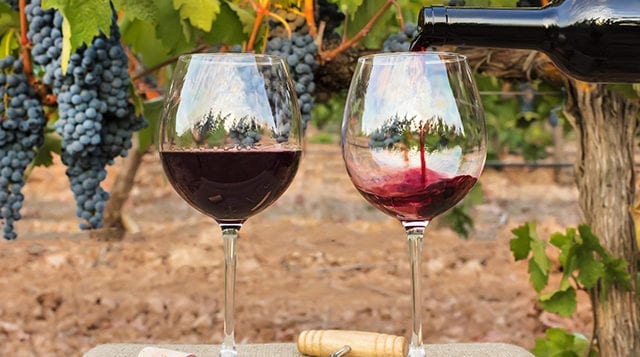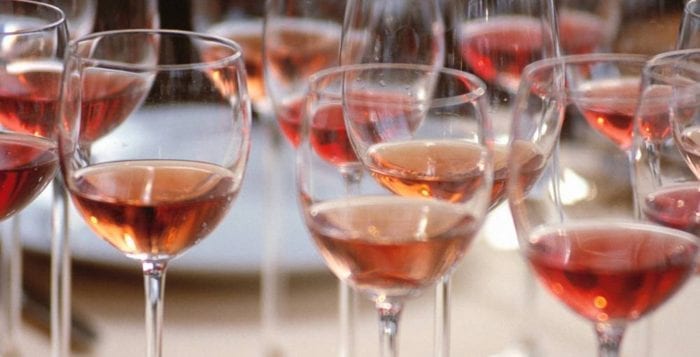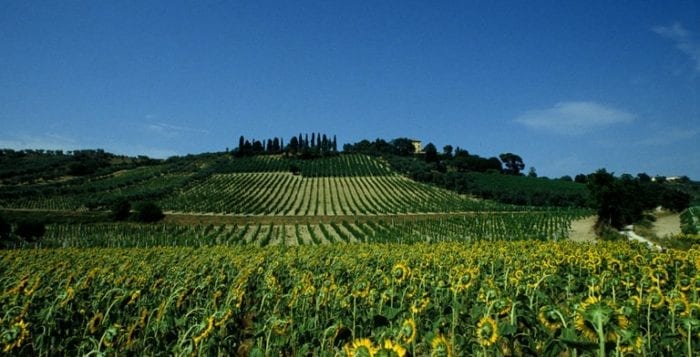By Bob Lipinski
There is little in the world more alluring than a glass of red Bordeaux wine. In Bordeaux, centuries of blending mastery combined with a unique terrain and climate give birth to refinement and equilibrium of a highly enticing nature. Within the region of Bordeaux there are many districts that make red, white, rosé, sweet white and even sparkling wines.
I recently attended a tasting of the wines of Pessac-Léognan, Saint-Julien, Margaux and Sauternes with representatives from each estate pouring and discussing the wines. Here is a list of the recommended wines I tasted including some tasting notes.
Château Latour-Martillac (Pessac-Léognan): The winery makes both red and white AOC wines.
2015 Château Latour-Martillac Blanc (spectacular bouquet of melon, pear and citrus. Mouth-filling with an excellent balance and great aftertaste)
2011 and 2013 Château Latour-Martillac Blanc
2015 Château Latour-Martillac Rouge (dark cherry color; bouquet of black currants, smoke, black raspberry; tannic with a smooth finish and lingering aftertaste)
2010 Château Latour-Martillac Rouge
Château Beychevelle (Fourth Growth Saint-Julien): The winery makes only red AOC wine. On the label of Château Beychevelle is a “Nordic Ship,” with grape clusters on its sails.
2015 Château Beychevelle (dark, almost purple color; bouquet of black currants, oak, black cherries; powerful wine with plenty of tannin and a fruity aftertaste)
2005, 2009 and 2014 Château Beychevelle
2015 Amiral de Beychevelle (second label of Château Beychevelle)
Château Kirwan (Third Growth Margaux): The winery makes only red AOC wine.
2009 Château Kirwan (ruby color with an aromatic bouquet of spicy cherry, menthol and blueberry; medium-bodied, beginning to soften with a smooth refined finish)
2008, 2010 and 2015 Château Kirwan
Château Guiraud (First Growth Sauternes): The winery makes both dry and sweet AOC white wines. The wines are a blend of Sémillon and sauvignon blanc grapes.
2009 Château Guiraud (gold-amber in color; bouquet and flavor of coconut, honey, orange, pineapple, peach, apricot and spice; luscious and sweet finish …Wow! What a delicious wine)
2010 and 2015 Château Guiraud
2015 Petit Guiraud (second label of Château Guiraud)
Bob Lipinski is the author of 10 books, including “101: Everything You Need to Know About Whiskey” and “Italian Wine & Cheese Made Simple” (available on Amazon.com). He conducts training seminars on wine, spirits and food and is available for speaking engagements. He can be reached at www.boblipinski.com OR [email protected].








